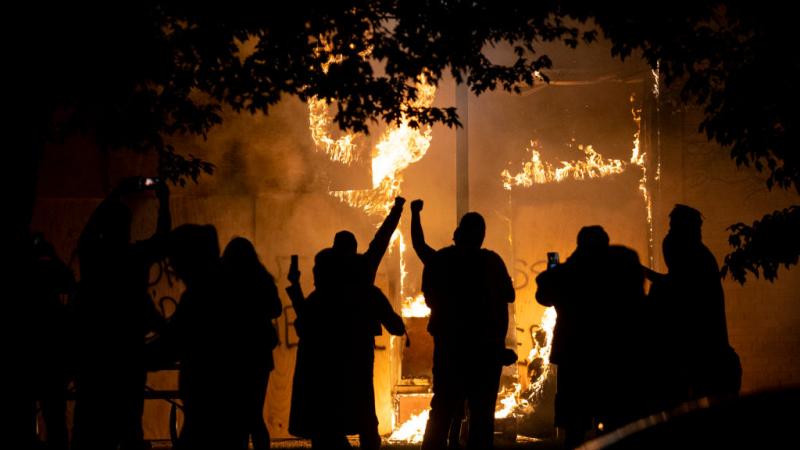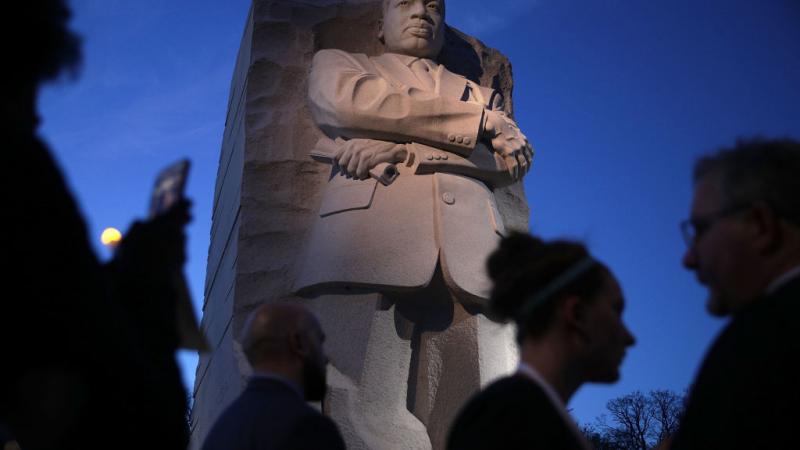California to allow rapid home construction on religious or education property
Gov. Gavin Newsom signed a package of 56 bills to increase housing production in a state where there is a huge housing shortage.
California Gov. Gavin Newsom signed a package of 56 bills to increase housing production in the state, which is estimated to have a 4.5 million unit housing shortage.
Chief among the bills were two measures, one to allow for by-right construction of “affordable” housing on the property of religious or educational institutions, and another to extend the ability of developers to build “affordable” housing more rapidly in jurisdictions that have failed to build enough housing according to the housing development plans the state has assigned to them.
“California desperately needs to ramp up housing production, and the Governor’s action today helps put us on a path to achieve that goal,” said State Sen. Scott Wiener, D-San Francisco, who authored both of the headline bills. “The era of saying no to housing is coming to an end. We’ve been planting seeds for years to get us to a brighter housing future, and today we’re continuing strongly down that path.”
SB 4, also called “Yes in God’s Backyard” as a play on the “Yes in My Backyard” movement advocating for reducing the state’s housing shortage, would open up an estimated 171,000 acres of land owned by religious or educational institutions to rapid housing development. SB 4 achieves this by ensuring neither zoning nor California Environmental Quality Act challenges could hold up permitting and construction. 100% of the units, aside from the manager’s unit, would have to be “affordable,” with 20% of the units allowed to be for “moderate” income households, 5% for staff of the religious or educational institution that owns the land, and the rest for “lower” income households. Units built under SB 4 would also only be allowed to have up to one parking space per unit, and would not be required to build any parking spaces if within half a mile of public transit or is within one block of a car share vehicle.
“Affordable” generally means limiting a project’s rents or cost to some percentage of the area median income, with rents capped to 30% of household income for different income brackets, with rents set to be affordable for those below 80% AMI considered “low income” affordable housing, and 80-120% of AMI as “moderate income” affordable housing.
The second measure, SB 423, extends the provisions of SB 35, also written by Wiener, which allows for the construction of some types of housing by-right if a jurisdiction fails to meet its submitted housing plan goals. Every eight years, California cities must submit Regional Housing Needs Assessments, in response to which the state assigns production goals for both subsidized (affordable) and market rate housing that must be met over the next eight years. Under SB 35, builders in cities that do not meet their RHNA production goals can go through a significantly streamlined home production process, with ratios of “affordable” to market rate units determined by the jurisdiction’s shortage of various types of housing.
In areas where fewer above-moderate-income units were built than necessary under their RHNA, only 10% of a building’s units have to be “affordable” for up to 80% of AMI to receive streamlined production. In areas where fewer “affordable” units were built than required, 50% of a building’s units must be “affordable” to receive streamlining. Where production reports have not been filed, or where a production report shows a lack of either kind of housing, either standard may be used.
Notably, SB 423 removes the coastal zone exemption from SB 35. Given that the highest housing demand is for the coastal zone of California, which ranges from a few hundred feet to up to 5 miles inland from the shore, housing production could increase significantly in California’s coastal cities if they fail to meet their RHNA production targets.
“Governor Newsom has made it clear that he supports making it faster, easier, and less expensive to build affordable homes in our coastal cities,” said Brian Hanlon, CEO of California YIMBY, which co-sponsored the bill, in a public statement. “With SB 423 now law, many more Californians from all walks of life will be able to afford to live – and thrive – in the Golden State.”
Assuming a 4.5 million unit housing shortage and California’s most recently reported annual housing production of 116,000 units in 2022, it would take 39 years of building at current rates to meet today’s housing demand.













